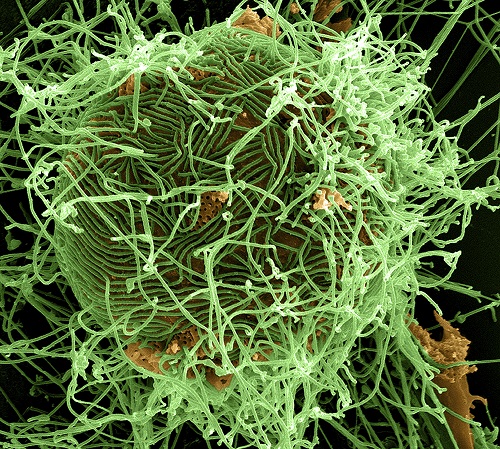
Scientists claim to have figured out why certain infections appear to cause more severe symptoms in men than they do in women.
Pathogens are evolved to keep women alive longer than men because women are more valuable hosts that can further proliferate and spread from them host to host through pregnancy, childbirth, or breastfeeding.
"Viruses may be evolving to be less dangerous to women, looking to preserve the female population," says one of the team, Francisco Úbeda, from the Royal Holloway University of London.
While developing and researching their hypothesis, scientists focussed on human T-cell lymphotropic virus type 1 (HTLV-1), found in Japan, the Caribbean, and West Africa.
Their results showed that HTLV-1 was up to 3.5 times more likely to cause Adult T-cell Leukaemia (ATL) - which is lethal - in Japanese men than women, but in the Caribbean, the likelihood of the virus progressing to leukaemia was roughly equal between the sexes.
The anomaly can be explained as HTLV-1 is spread by either sexual transmission or from mother to child during the lactating period. Hence the differences in breastfeeding trends in Japan and the Caribbean could explain the result.
"This could be because a higher proportion of Japanese women breastfeed their children, and for longer, when compared to women in the Caribbean," Úbeda said. "This provides the disease more of chance to be passed on to children."
While it is true that men infected with tuberculosis are 1.5 times more likely to die than women, and five times more likely to develop cancer when infected with human papillomavirus (HPV), scientists are still puzzled how the virus or bacterium can tell if it's infecting a man or a woman.
"We could try to make the virus think it's in a female body rather than a male body and therefore take a different course of action," Vincent Jansen, explained to New Scientist.
In the case of other examples such as Epstein-Barr virus also, men are twice as likely to develop Hodgkin's lymphoma as women. Men also have a higher risk for a severe case of chickenpox than females. Both viruses are able to be transmitted from mother to child.
















